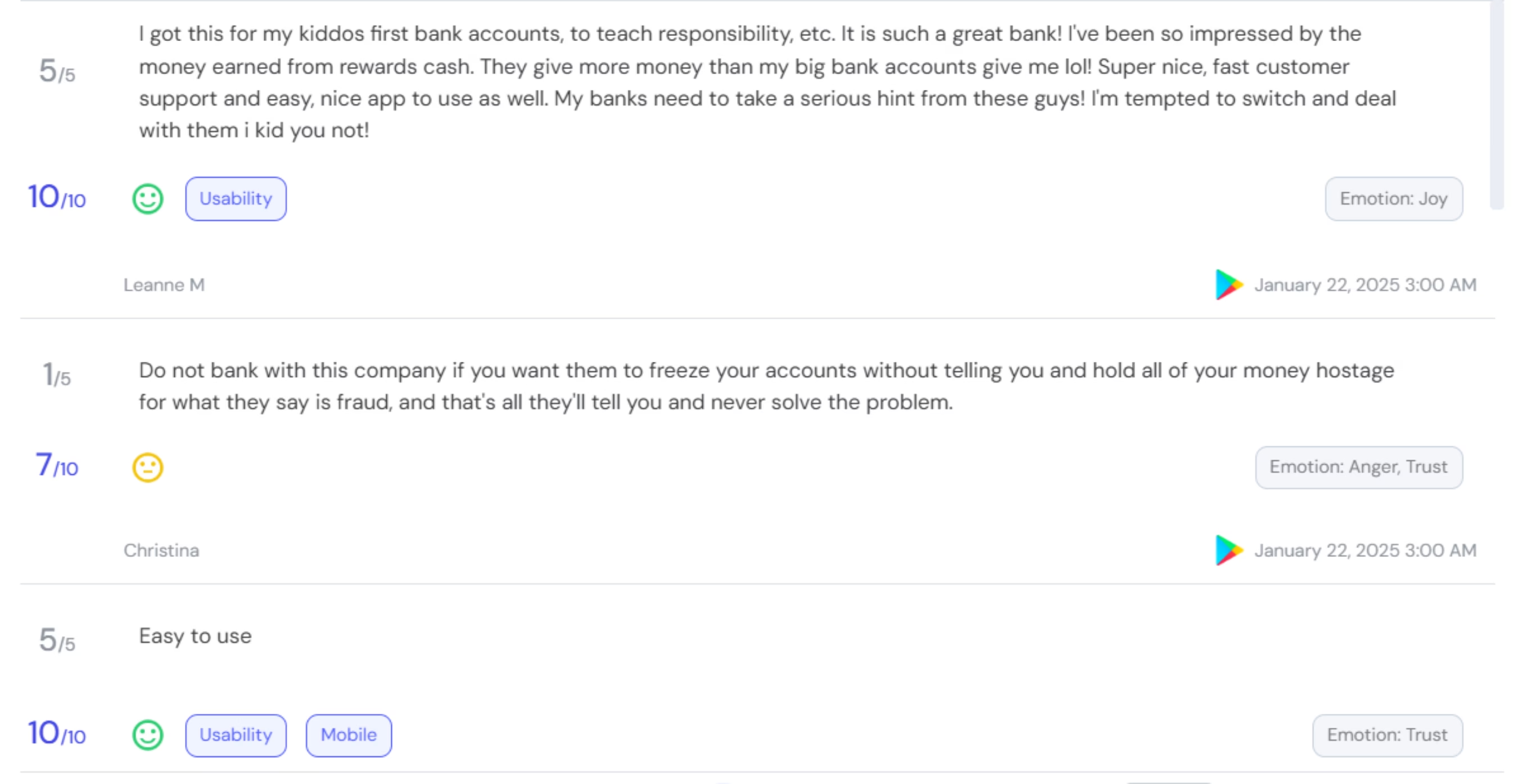Understanding how customers feel about your brand, products, or services is no longer optional—it’s a necessity. Customer Sentiment Analysis is the process of interpreting and categorizing customer opinions, emotions, and attitudes from various sources like reviews, social media, surveys, and more. When done accurately, it provides actionable insights that can shape your business strategies and improve customer satisfaction.
In this blog post, we’ll explore why accurate Customer Sentiment Analysis is essential and how it can help your business grow.
Why Customer Sentiment Analysis Matters
Customer sentiment reflects the emotional tone behind customer feedback. Whether it’s positive, negative, or neutral, these emotions can reveal patterns and trends that are invisible in raw data alone. Here’s why analyzing customer sentiment accurately is so important:
- Improves Customer Experience: By understanding what customers love or dislike, you can make targeted improvements to your products or services.
- Builds Stronger Relationships: Responding to customer concerns or praise shows that you value their opinions, fostering loyalty.
- Guides Marketing Strategies: Sentiment analysis helps you tailor your messaging to resonate with your audience’s emotions.
- Identifies Emerging Trends: Spotting shifts in sentiment early can help you address potential issues before they escalate.
How Accurate Sentiment Analysis Drives Business Success
Accurate sentiment analysis goes beyond simply categorizing feedback as positive or negative. It involves understanding the context, tone, and nuances of customer language. Here’s how it can drive success:
- Better Decision-Making: Data-driven insights allow you to make informed decisions that align with customer expectations.
- Enhanced Product Development: Customer feedback can highlight features or improvements that matter most to your audience.
- Competitive Advantage: Brands that actively listen to their customers and act on feedback often outperform competitors.

Challenges in Customer Sentiment Analysis
While sentiment analysis offers numerous benefits, it’s not without challenges. Common issues include:
- Contextual Understanding: Sarcasm, slang, or cultural nuances can lead to misinterpretation.
- Data Overload: With so much feedback available, filtering and analyzing it can be overwhelming.
- Accuracy: Inaccurate sentiment analysis can lead to misguided decisions, harming your brand.
To overcome these challenges, businesses need advanced tools and techniques that ensure precision and reliability.
How to Get Started with Customer Sentiment Analysis
If you’re ready to harness the power of Customer Sentiment Analysis, here are some steps to begin:
- Choose the Right Tools: Invest in sentiment analysis software that uses natural language processing (NLP) and machine learning for accurate results.
- Collect Data from Multiple Sources: Gather feedback from social media, reviews, surveys, and customer support interactions.
- Analyze Trends Over Time: Look for patterns in sentiment to identify long-term shifts in customer perception.
- Act on Insights: Use the data to make meaningful changes that address customer needs and preferences.
Conclusion
Customer Sentiment Analysis is a powerful tool that can transform how you understand and engage with your audience. By accurately analyzing customer emotions and opinions, you can make smarter decisions, improve customer satisfaction, and stay ahead of the competition.
Ready to get started? Visit our Sentiment Analysis Page to learn more about how we can help you unlock the full potential of customer feedback.
Frequently Asked Questions
What is Customer Sentiment Analysis?
Customer Sentiment Analysis is the process of using natural language processing and machine learning to interpret and categorize customer emotions and opinions from text data like reviews, social media posts, and surveys.
Why is accuracy important in C. Sentiment Analysis?
Accurate sentiment analysis ensures that businesses can make informed decisions based on reliable data. Misinterpreting customer emotions can lead to poor strategies and missed opportunities.




